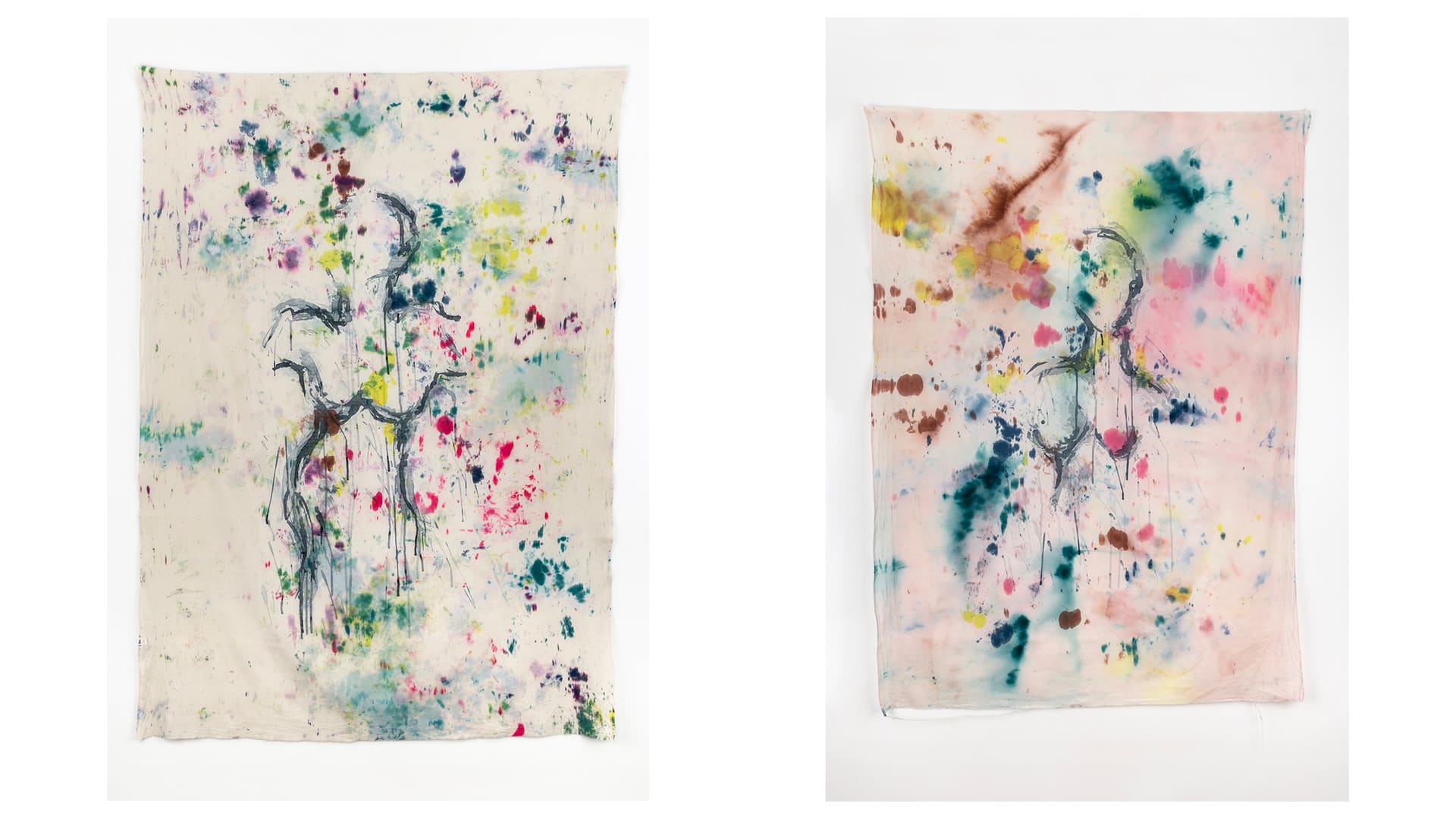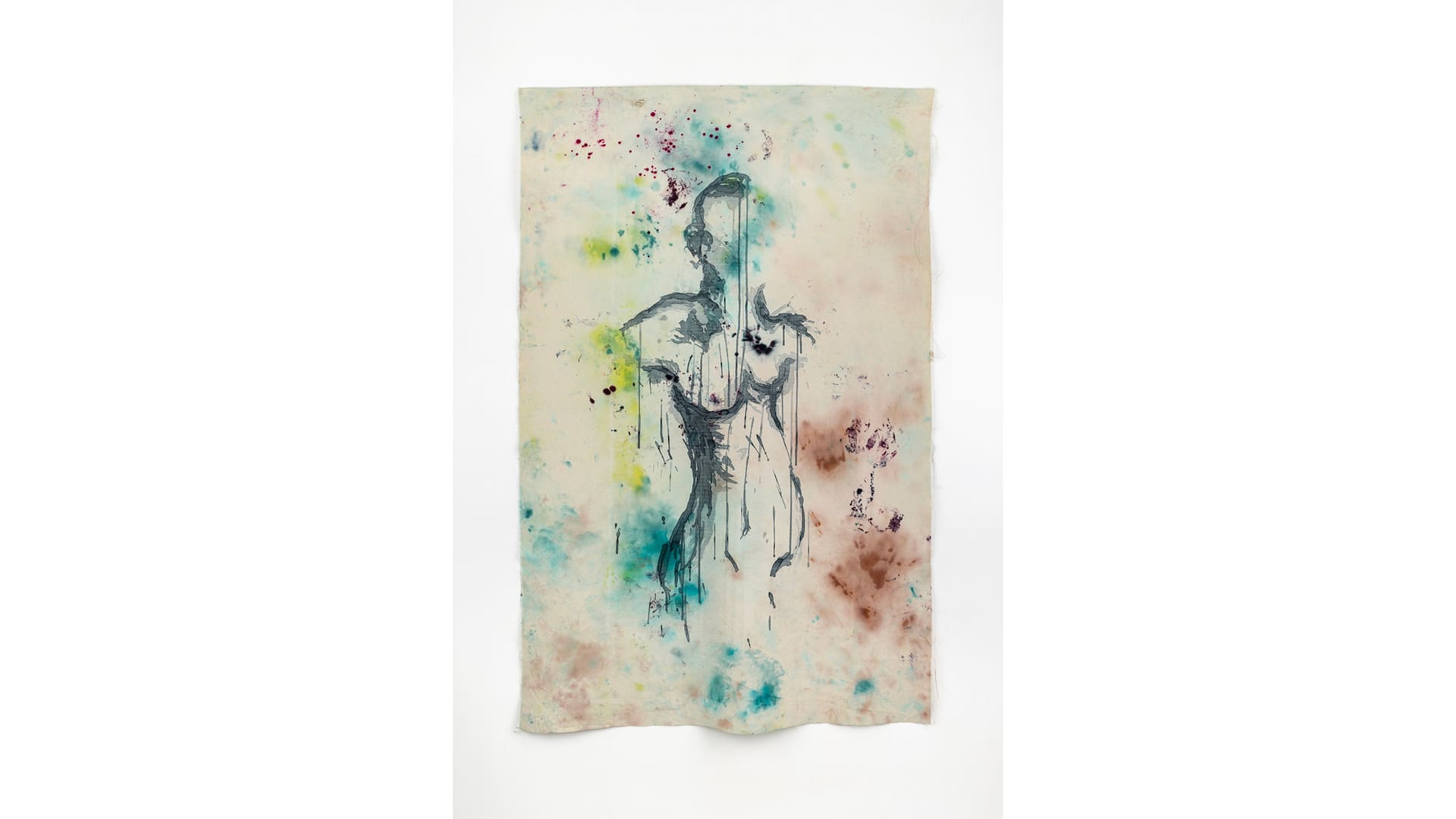Julie Heaton is a Bristol based artist who lives and works in her home city. For two years, Julie has commuted to London to study at The Royal College of Art.
In 2009, Julie’s husband ended his own life. In a moment of cataclysmic destruction, her life and that of her sons was changed for ever.
Traumatic loss is unimaginable and unspeakable, it is both isolating and transformative. Julie’s practice is one of necessity: the need to unravel traumatic memories, confront the hurt and discover a new way to live again. Achieving a First-Class Honours degree at Bath Spa, in 2015, Julie has continued to use art to investigate complex emotions. Initially Julie stitched; with a drawing practice grounded in free motion embroidery, the RCA has challenged her to traverse her known boundaries of making. What was once a challenge in excellence changed, slowly becoming a contemplative process of embodiment. With an intimacy of mark making, Julie closes her eyes and responds to how she feels, putting difficult conversations onto canvas through uninhibited lines with unfamiliar processes.
Julie knows that she has not reached a conclusion to her exploration of living with traumatic loss, and neither does she expect to. However, she is aware of the social potential to share what she has learnt with others, taking her conversation into galleries and workshop spaces.
Julie’s work has been exhibited in galleries, printed in publications and awarded prizes, including Embroidery Atelier Award 2019, Hand and Lock, London. Julie has taught young people and adults in workshop situations and spoken about her practice to audiences upon request.






